If you’re part of the cycling community, you would have noticed that over the last few years, gravel bikes have begun emerging as the next big craze in biking, with some even claiming that their on-road capabilities match that of a road bike.
As to if they actually do, the jury’s still out. Ultimately, it comes down to personal preference and what you are hoping to achieve from your ride, with each bike serving its own purpose and suitabilities for different styles of riding.
Even still, there’s no doubt that gravel bikes are typically seen as the next big direction of cycling. But really, what’s the difference?
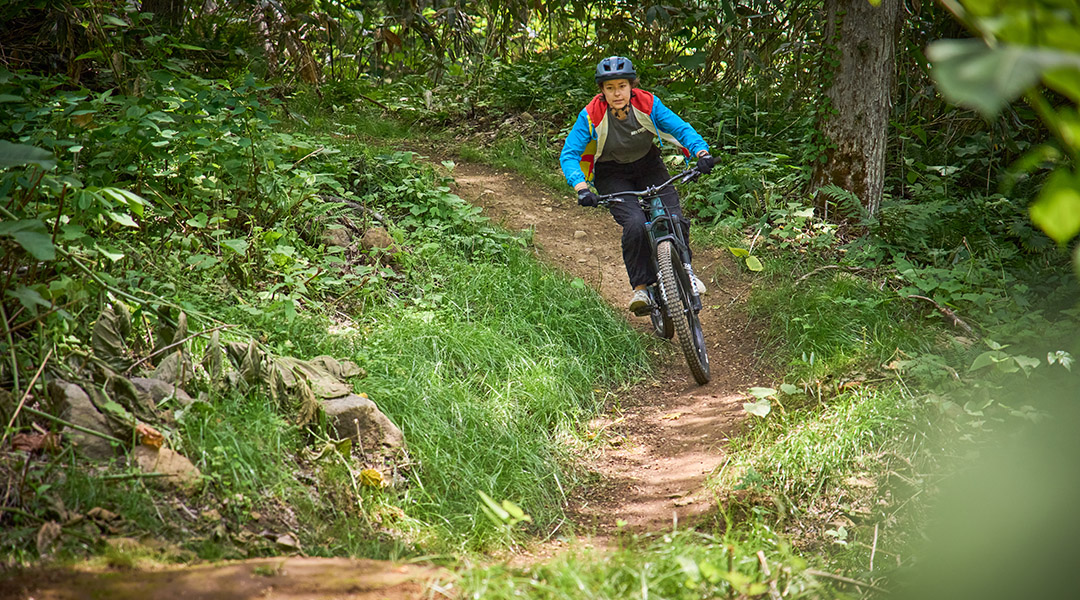
A road bike is exactly that – a bike made specifically for road cycling, designed to be aerodynamic, agile and space effective when sharing paved roads with traffic. Gravel bikes on the other hand, offer the same agility and are largely seen as equally as durable on long on-road bike trips.
The best part? Gravel bikes also offer a unique blend of agility and stability suited for off-road rides. While they aren’t typically designed for intricate downhill trails, gravel biking gives riders the freedom to combine warriors surfaces, trails and routes into the one exhilarating ride.
The Specifics
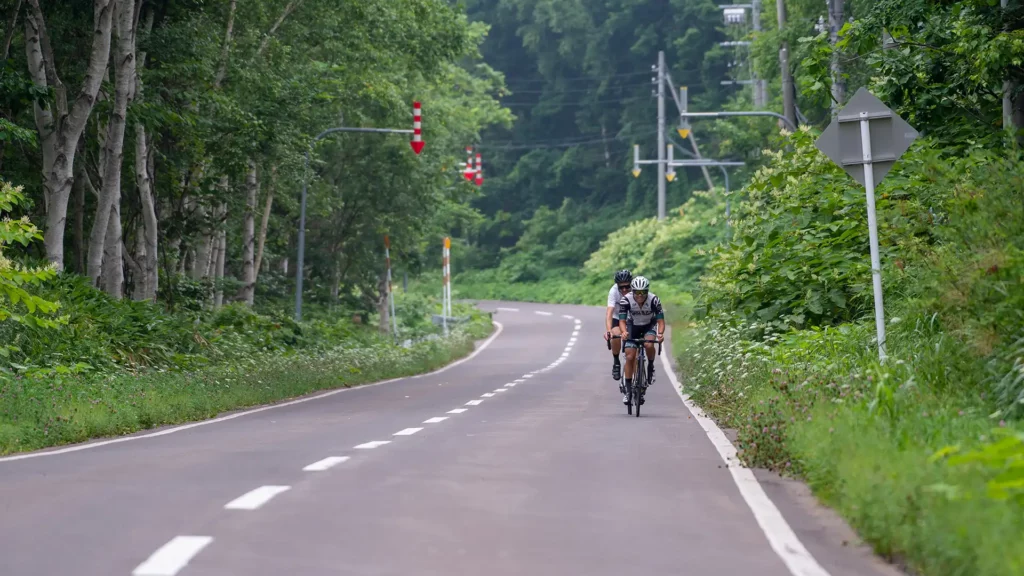
Road Bikes: Road bikes are designed to be durable across long-distance rides on paved surfaces. Road bikes give cyclists increased aerodynamics, are perfect for squeezing between narrow gaps on the road, and are the best option for cyclists looking to travel far distances at high speeds.
Mountain Bikes: Mountain Bikes are made with premium supplies and are designed to be light-weight, durable and agile when riding down off-road trails at fast paces. Mountain bikes tend to have more suspension, increased manoeuvrability and offer a more absorbent ride.
Gravel Bikes: Gravel Bikes are the most versatile option of the three. Gravel Bikes feature a more comfortable geometry, low-speed stability and high-speed manoeuvrability, making them a smoother and more stable ride for those going down off-road mountain biking trails.
A gravel bike can come close to matching the performance of a road bike, but will never fully replicate the raw speed and efficiency specifically optimised for road cycling.
What Are The Benefits of Gravel Biking?
While we all love a challenge when out cycling, the older we get, the less we enjoy putting ourselves in harm’s way. If we hurt ourselves, who will take care of the kids? Get up and go to work for us? Continue to pay our bills while we recover?
We end up reaching an age where the potential risks of activities like downhill mountain biking far outweigh the potential rewards of enjoying such a dangerous hobby. Which is why so many of us have found gravel biking to be an alternative that offers the best of both worlds.
As a more adventurous approach to cycling, gravel biking gives riders the freedom to explore off-the-beaten path and navigate diverse, challenging terrains without the risk of riding at high speeds down potentially treacherous MTB trails.
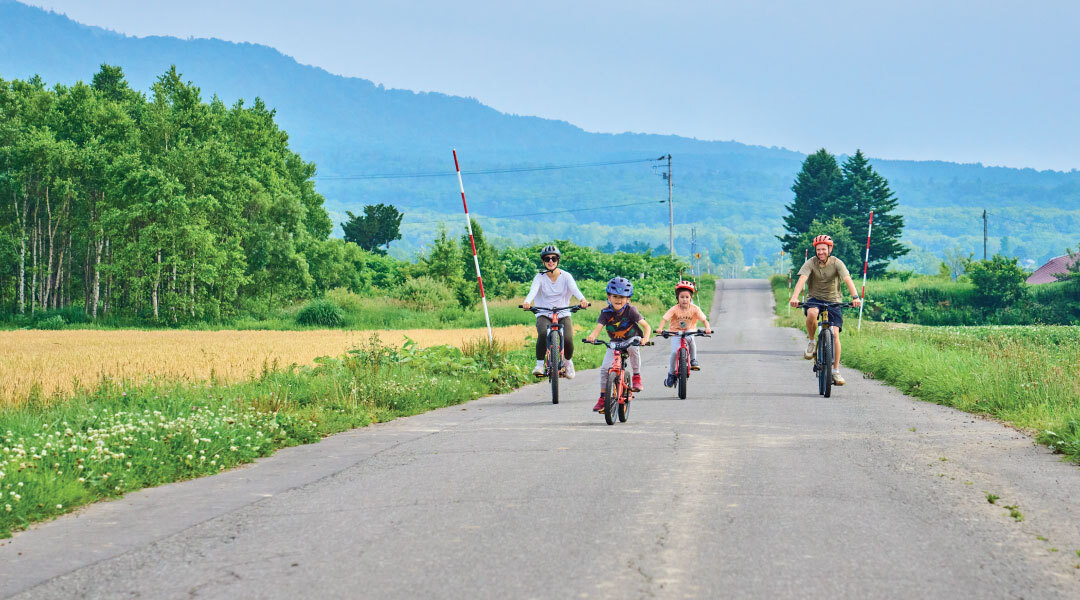
Don’t believe us? Take it from Rhythm Japan’s Warehouse Manager, Takuya Matsuhashi, an avid road cyclist who has recently converted to the gravel bike phenomenon. Since picking it up, he hasn’t looked back (except for in the photo below, he is looking back in that).
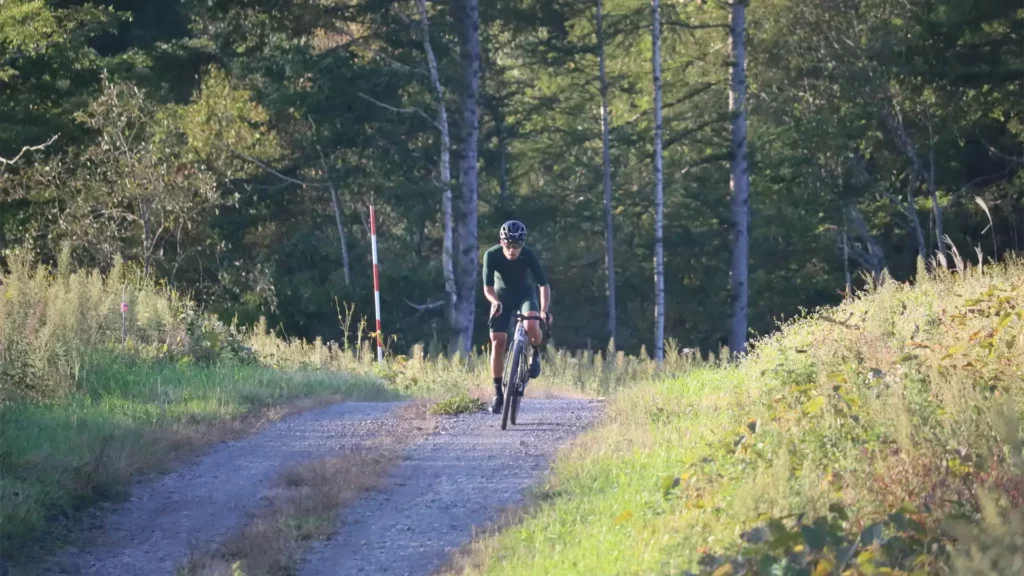
“I had spent seasons as a road cyclist, but wanted to try something new, and make my bike world bigger. I also have nice road bike handling skills, so I thought I could be a good gravel rider.”
Upon first trying it out, Takuya realised pretty quickly that gravel biking isn’t just a fad or a new name for road cycling, it’s a new sport all-together.
“It is totally different type of bike. It is not just the middle point of a road bike and a hardtail, it’s a completely new category of bike!”

For those new to the sport, Takuya recommended visiting Niseko, claiming their trails are the perfect place to learn and give gravel biking a try,
“To understand gravel biking, you must visit Niseko and try some nice gravel courses!”
“There are so many scenic gravel courses and gravel enthusiasts around here, as well as the Twin Peaks MTB trails, where you can try your gravel bike handling skills on the track!”
Safety Considerations When Gravel Biking
As with any cycling activity, it’s important to prepare for any potential dangers or equipment malfunctions that may happen while out riding. Some of the essential items that we recommend carrying with you while out gravel biking are:
Emergency Repair Equipment
Much like touring Niseko’s backcountry in the winter, it’s essential that you’re carrying the correct emergency repair equipment, including a basic tool kit, with you at all times while gravel biking. Hopefully you won’t need to use it, but it always pays to be prepared in advance.
Spare Tube
Similar to a basic tool kit, if you’re heading out gravel biking, always make sure you carry a spare tyre tube with you. You certainly don’t want to end up 50km into the Niseko forest with a punctured tyre that you can’t fix.
Snacks and Water
Make sure you have that extra glucose boost ready for when you need it, you’ll never know when you need to tide yourself over.
Correct Attire
Sure, there’s certainly nothing ‘cool’ about lycra, but there’s a reason you don’t see people in the Tour De France wearing jeans and a t-shirt. Correct cycling outerwear is made from lightweight material to stop you from overheating while riding, and its sleek, hugging design will stop you from getting snagged on tree branches as you’re navigating your way through dense forest paths.

Helmet
It goes without saying that for any biking activity, you should always be wearing a helmet. There’s no point having a sick experience biking in Niseko if you fall, hit your head and can’t remember it.
Correct Bike
Don’t try to prove a point – don’t head into gravel bike territory on a road bike, you’ll regret it. While we understand that to the occasional rider a bike is a bike, there are actually huge differences between each bike and their intended purposes. Each type of bike is specially crafted to ensure it’s perfect for specific activities and styles of riding, so if you’re heading out on a gravel ride, do so on a gravel bike.
A Map
Much like the 1989 classic, ‘Back to the Future’, where you’re going on a gravel bike, you don’t need roads. As such, you will likely end up finding yourself in a situation where your phone has lost reception, you are void of Google Maps, and you need to navigate your way out of dense forestry– which is why you can’t go wrong with a traditional map. Because no matter how off-grid you are, paper will never have trouble connecting to a nearby network.
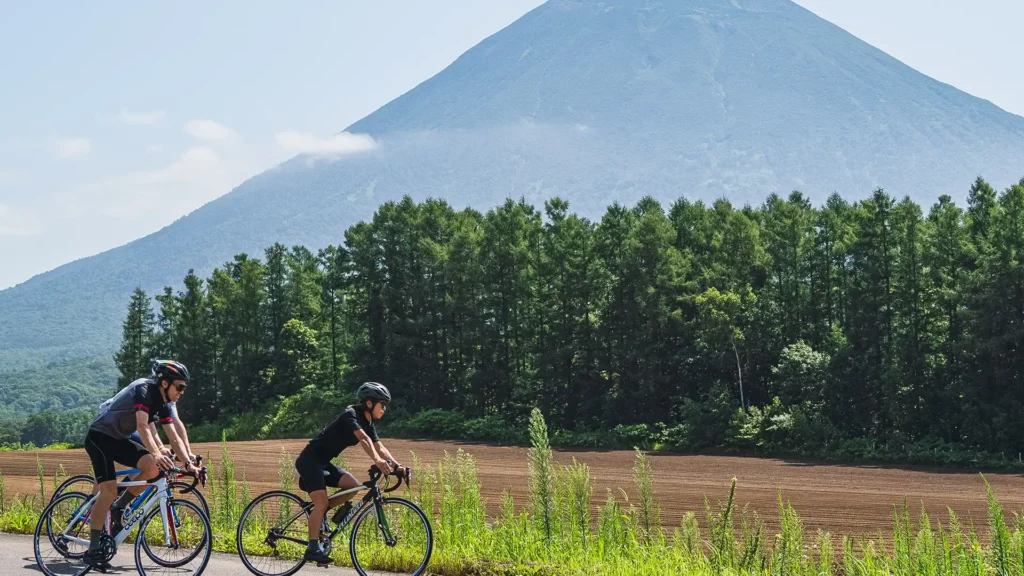
Gravel Biking in Niseko
Over recent years, trends have seen gravel biking emerge as the most prominent and sought-after style of bike on the market, with many cyclists enjoying the multi-purpose freedoms of gravel bikes when they’re navigating and carving out trails in the wilderness.
So while Niseko is certainly not the only location that gravel biking has absolutely taken over, it has quickly established itself as a go-to destination for gravel biking enthusiasts worldwide.
And it’s easy to see why, Niseko boasts a wide variety of terrain, both routed and uncharted, offering gravel bikers countless options for trails and new terrain to explore.
As a result, local initiatives from Hokkaido Events have seen large-scale gravel biking events coming to Niseko for all to enjoy.
Panaracer Niseko Gravel Ride
Taking place over two events in spring and autumn, the Panaracer Niseko Gravel Ride sees hundreds of riders flock upon Niseko to experience the surreal nature of Hokkaido as they explore a hybrid ride featuring forest, farm roads and of course, unpaved gravel roads.
The best part? Unlike the Niseko Classic, the Panaracer Niseko Gravel Ride is open for all to compete! Giving riders of all levels the opportunity to compete in a world-class gravel bike event.
How to sign up?
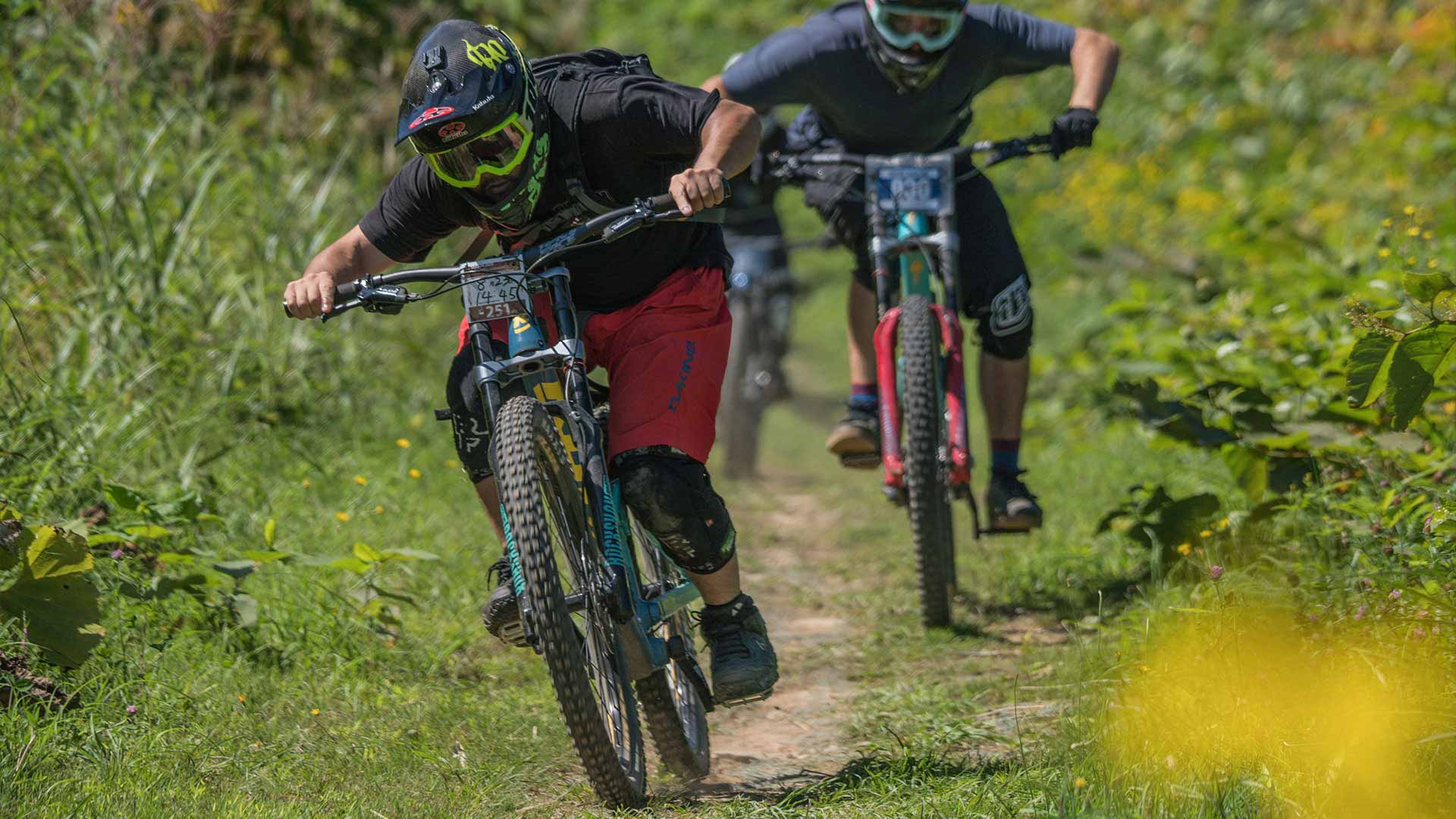
If you’re keen on competing in the Panaracer Niseko Gravel Ride this August, there are four different categories that riders can sign up to.
- The XL course: Costs ¥16,000 per participant. Participation is limited to 150 riders. Distance: 120 – 130 km.
- The L course: Costs ¥12,500 per participant. Participation is limited to 200 riders. Distance: 100 km.
- The M course: Costs ¥8,000 per participant. Participation is limited to 200 riders. Distance: 65 km.
- The Ride Tour: Costs ¥5,000 per participant. Participation limited to 20 people. Distance: 30 – 40 km.
To sign up for the next Panaracer Niseko Gravel Ride, click here!
If you want to explore Niseko this summer season, be sure to check out our extensive in-store rental selection of Specialized e-bikes, hybrid bikes and full-suspension e-mountain bikes.
